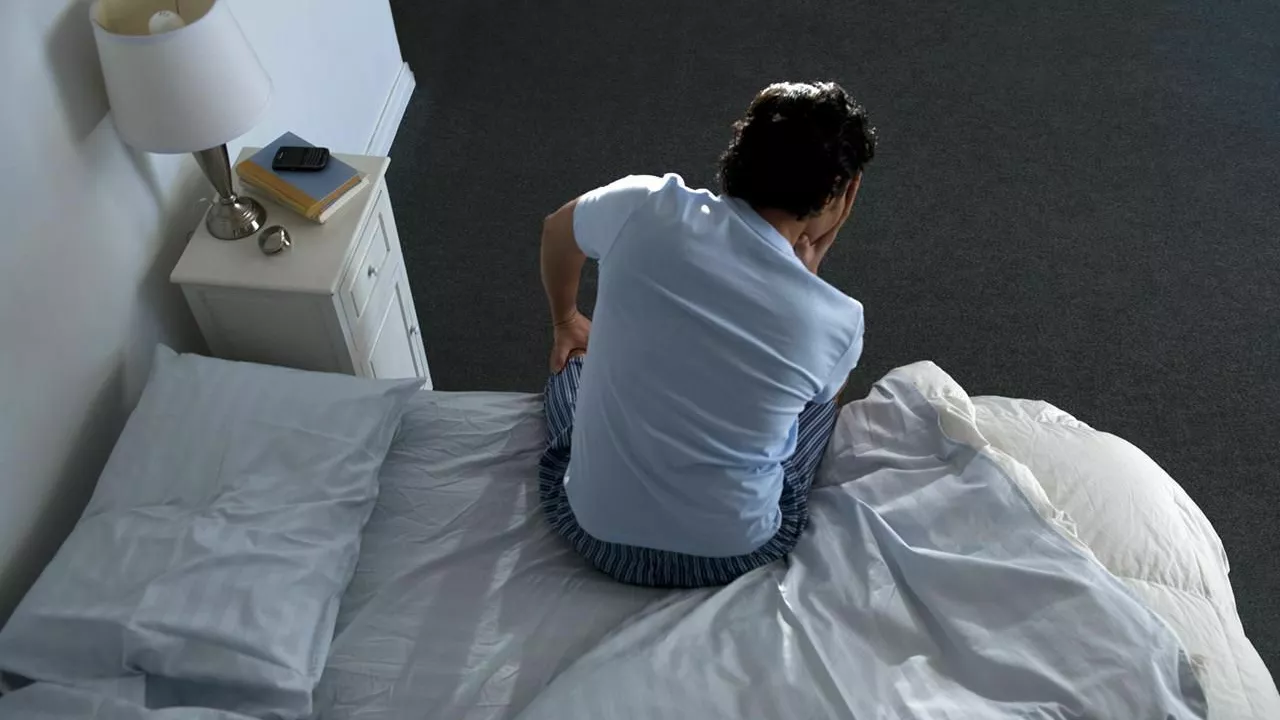adwdiabetes.com: Trusted Online Pharmacy for Diabetes Medications and Supplies
July 8 2025Tolterodine: Practical Guide for Overactive Bladder
If sudden urges or frequent trips to the bathroom are ruining your day, tolterodine might help. It's a prescription medicine used to calm an overactive bladder (OAB). This page explains how tolterodine works, typical dosing, common side effects, safety tips, and what to ask your doctor. Read on for clear, useful facts so you can talk to your clinician with confidence.
How tolterodine works and who should consider it
Tolterodine blocks certain nerve signals in the bladder. That reduces urgent urges, frequency, and accidental leaks. Doctors usually consider it when lifestyle changes—like fluid timing and bladder training—aren't enough. It's prescribed for adults; older patients often start at lower doses because of side effect risk. If you have uncontrolled narrow-angle glaucoma or severe urinary retention, tolterodine is not a good choice.
Typical dosing, timing, and simple tips
Doctors commonly start with 2 mg once daily of the extended-release form or 1 mg twice daily for the immediate-release tablets. Take it the same way every day—after a meal if it upsets your stomach. Expect to wait a few weeks to see clear benefits. If side effects are uncomfortable, report them; your clinician may change the dose or try another medicine. Never crush extended-release tablets.
Common side effects include dry mouth, constipation, blurred vision, and dizziness. Most people tolerate tolterodine, but if you notice trouble urinating, severe eye pain, or severe confusion, seek medical help. These can be signs of serious problems linked to the drug's anticholinergic effects.
Tolterodine can interact with other medicines that slow the heart rate or affect liver enzymes. Mention all drugs and supplements you take, especially strong CYP3A4 inhibitors like certain antifungal or HIV meds, which can raise tolterodine levels. Also be careful if you take other anticholinergic drugs—combined effects increase side effect risk.
If you're pregnant, breastfeeding, or plan surgery, tell your doctor. There's limited data for pregnancy. For older adults, a careful review of other medications is wise because anticholinergics can worsen memory and increase fall risk.
Curious about alternatives? Mirabegron works differently and may suit people who couldn't tolerate tolterodine. Behavioral approaches, pelvic floor therapy, and scheduled voiding remain useful and sometimes work well combined with medication.
Buying tolterodine online: only use licensed pharmacies that require a prescription. Check for clear contact details and pharmacy verification badges like licensed pharmacy boards or PharmacyChecker. Avoid suspiciously cheap offers or sellers that send medicine without a prescription. Always confirm the brand, dose, and expiration date when the package arrives.
Questions to ask your doctor: What dose should I start with? How long until I notice improvement? What side effects should prompt a call? Would an alternative medicine or pelvic floor therapy be better for me? Having these answers will make your treatment safer and more effective.
Practical tips: stay hydrated, carry sugar-free gum for dry mouth, keep fiber for constipation, stand slowly to avoid dizziness, and schedule a follow-up within four to eight weeks to review benefits and side effects regularly.
 18 Jun
18 Jun
Can Tolterodine Help with Nocturia (Nighttime Urination)?
As a blogger, I recently came across the topic of nocturia, or nighttime urination, and wondered if Tolterodine could help with this issue. After doing some research, I found out that Tolterodine, a medication typically used to treat overactive bladder, has shown promise in reducing the frequency of nighttime urination. Studies have indicated that this drug may help improve sleep quality and overall quality of life for those suffering from nocturia. However, it's essential to consult with your doctor before starting any new medication. In conclusion, Tolterodine appears to be a promising option for those struggling with nocturia, but it's crucial to discuss it with a healthcare professional first.
Read More...




